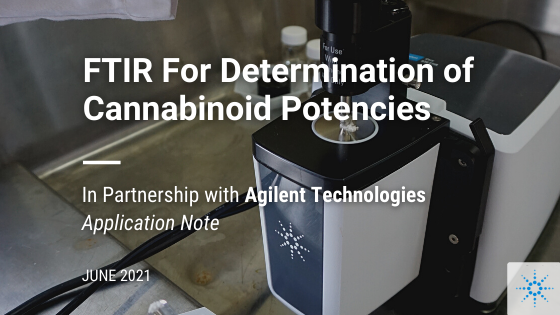Size Does Matter

With the emergence of numerous cannabis extraction companies (1) and the declining prices in a maturing industry (2), extraction efficiency has become increasingly sought after. Unfortunately, current cannabis extraction methods have been scaled up from home-grown methods, and thus may not be optimized for industrial scale.
One aspect of extraction we found intriguing to study early on was the particle size of cannabis flower, and what effect it might have on the extraction of cannabinoids and terpenes. Someone once asked, “If you grind the cannabis flower, does it break the THC molecules?” Contrary to his belief, we cannot cut molecules apart, but we did wonder whether milling would lead to the degradation of cannabinoids and terpenes. In particular, the heat generated from milling was of concern – would it cause the conversion of THC acid to THC? To find out, we compared non-ground plant material to different grind sizes, ranging from 0.5 mm to 10 mm. We found no significant difference between the concentration of cannabinoids and terpenes across different particle sizes. In addition, the ratio of THC acid to THC was not affected.
Now we know that the cannabis flower is not degraded by the process of grinding. Then why do we bother incorporating this extra step in our extraction process? Our research found that smaller particle sizes led to higher recoveries of cannabinoids and terpenes, as well as better extraction selectivity.
Using supercritical carbon dioxide as a solvent, we extracted the cannabis plant material at different particle sizes ranging from 2 mm to 10 mm and compared the results to non-ground material. We found that the smallest particle size, 2 mm, had the highest recovery of cannabinoids and terpenes. We then focused on two different extraction conditions, first for the selective extraction of terpenes, the second for cannabinoid extraction. Under the first set of parameters, we were looking for a high concentration of terpenes and a low concentration of cannabinoids. For these conditions, cannabis cut with a food processor showed the best results. And the 2 mm particle size was a close second. For the second set of parameters, 2 mm was the highest yielding and had the highest concentration of cannabinoids and the lowest concentration of terpenes. This shows that depending on the parameters chosen, you can gain a high concentration of the target compounds, and the smaller particle size helps ensure that the extract remains at high purity.
You might be thinking “Okay, great, but is it really worth adding the extra grinding step?” Let’s discuss this in a language most will understand – money. Take the hypothetical scenario where a company has run 60 extraction runs in total over the span of a month at two runs per day. An average 20 L extractor can hold 3 kg of un-milled plant material, but at the 2 mm particle size, it can hold 4.5 kg of plant material due to the higher packing density. Assuming all other factors remain the same, that is an additional 1.5 kg of plant material extracted per run. This is an additional 90 kg for 60 runs of potential material to extract.
If we assume a value of $10 per gram of extract, at an 18 percent yield, that equates to an additional $162,000 of extract produced in that month. Suddenly, the topic of grinding cannabis plant material seems much more exciting!
Ultimately, grinding your cannabis plant material to a smaller size will help you save time and money, while extracting the material with better recovery and purity. The moral of the story is that size does matter – and, in this case, small is beautiful!
Acknowledgments
Thank you to Blake Grauerholz at OutCo, San Diego, California, for help conducting the research. Thank you to Barry Schubmehl, Jeff Scott and Günther Crolly at Fritsch, USA, for support in executing the experiments.





